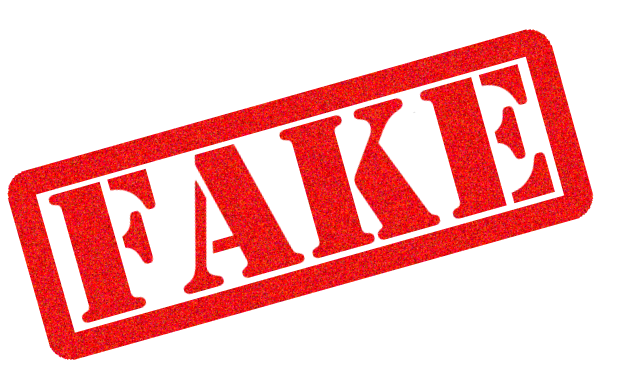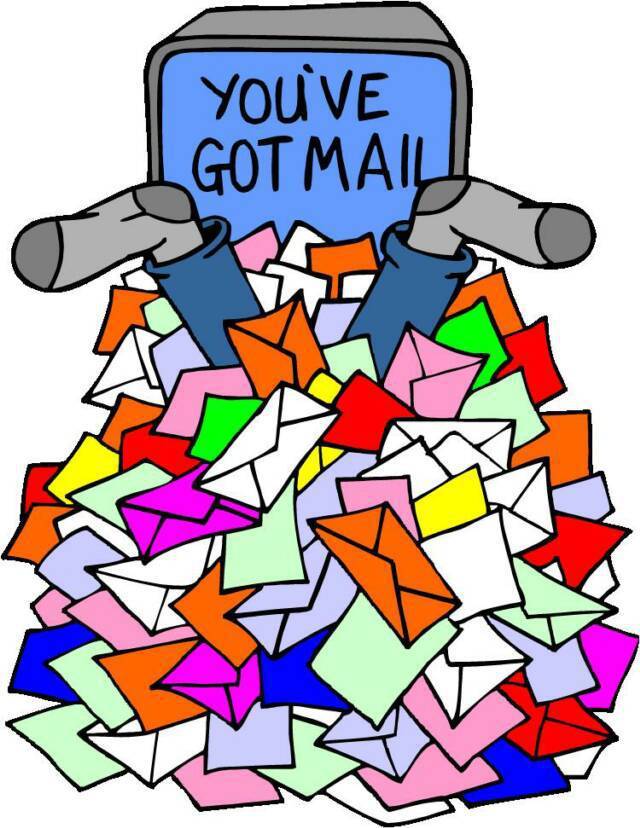20 Classroom Icebreakers
TopHat
March 30, 2021
Ignoring a Text Message or Email Isn’t Always Rude. Sometimes It’s Necessary
New York Times: February 21, 2022
By Erica Dhawan
A very interesting column about our information overloaded lives.
As deep fake videos and images become more prevalent, C2PA technology looks like an important tool to help users decipher what’s real versus manipulated visual content.
Tech Republic
July 26, 2021
Deepfakes: Microsoft and others in big tech are working to bring authenticity to videos, photos
New York Governor Andrew Cuomo’s daily NYS Coronavirus Update of October 23, 2020 provided a list of new words or phrases readers submitted as part of a ‘semi-official’ COVID dictionary. Here are a few of the entries:
Coronahobby — “A new hobby you took up to pass the time at home, e.g. needlepoint or bread-baking.”
New York Tough — “Coming together, being strong, putting differences aside, getting through this.”
Blursday — “When all the days of the week start to blur together.”
Birthday Parade — “A birthday celebrated with friends and families driving by in cars, blasting songs and displaying signs and balloons.”
Rona — “For when you just don’t have the energy to say the whole thing.”
Covidiot — “Someone who ignores the warnings regarding public health or safety.”
Quarantine Fifteen — “The pounds a few of us may have put on while staying at home.”
Six-Foot Shuffle — “When strangers walking down the street or waiting in line move to give each other six feet of distance.”
Chin Guard — “A mask worn below the mouth and nose.”
Do you have new words or phrases to add?
Encore une fois, souvenez-vous qu’il n’y a pas de posologie officielle pour le Kamagra oral jelly puisque ce produit est interdit en France et en Europe.
How To Recognize A Fake News Story
Huffington Post (11/27/2016)
By Nick Robins-Early

How to Email Your Professor (without being annoying)
Medium
by Laura Portwood-Stacer
If You’re Not Outside Your Comfort Zone, You Won’t Learn Anything
Harvard Business Review
by Andy Molinsky
Students: Suffolk County Community College now has a mobile app. Click here for download and installation instructions.
Le kamagra étant un produit interdit en Europe et aux États-Unis, les prix des revendeurs sur le net sont variables. Globalement, le Kamagra coûte moins cher que le Viagra, même s’il n’assure pas son efficacité et sa sécurité.
Reporter: Jeanne Moos August 17, 2016 |
What The Best College Teachers Do
Ken Bain, author of What the Best College Teachers Do
LA Johnson/NPR
Part of our ongoing series of conversations with thinkers and activists on education issues
In a year in which we’re exploring great teaching, it’s a good time to talk with Ken Bain. He’s a longtime historian, scholar and academic who has studied and explored teaching for decades, most notably in his 2004 book, What the Best College Teachers Do.
You focused on 100 college professors in a wide variety of institutions and disciplines. What do the best professors know and understand about teaching?
They certainly understand their discipline. They often understand the history of their discipline and know that everything that they believe can be questioned. They are accomplished scholars, artists and scientists. They know how to simplify and clarify complex subjects. They may not have studied human learning but they grasp important insights into how human beings learn and how to foster that learning through practice.
How do the best teachers prepare?
They prepare by thinking about the intended outcomes [of their instruction]. They treat their lectures and discussions as serious intellectual endeavors. The best teachers use a much richer line of inquiry to design a class and every encounter with students. Then they think about how they will help students achieve. The best teachers also think about how they’re going to give students feedback. This involves some basic questions: What do I want my students to do intellectually as a result of taking my class? How can I help them?
What do the best teachers do in the classroom that’s different?
They create a critical learning environment in which students rethink their assumptions. It’s an environment in which students believe their work will be considered fairly and honestly. The best teachers allow students to try, to fail and try again. They allow students to collaborate with one another in tackling the most intriguing problems.
They treat their students with decency and respect, no matter how much a student is struggling. The best teachers trust their students rather than blame them. They often give up their own sense of power over students.
Why is that important?
Ultimately students have to take control of their own education. And if that doesn’t happen, they’re not going to learn deeply. Students have to have that intrinsic motivation and if there’s someone else in charge of their education, telling them what to do, then they’re not going to become those independent, lifelong learners. So a good teacher is there to inspire and guide the individual but ultimately to help them work on their own and take personal responsibility (for their learning).
How do the best teachers check their own progress and evaluate their efforts? In other words how do they know they’re being effective?
They’re constantly looking for results of learning, how much progress their students are making. And it’s not just about meeting a particular standard, although that’s important. When a student arrives with a weak [academic] background, the teacher has to figure out how much progress that student has made with the teacher’s help. That’s what’s important to the best teachers.
We’ve had this dichotomy (in higher education) between research and teaching. And we’ve failed to recognize that teaching and research have something in common — learning. One is concerned with the learning of the student. The other is concerned with the learning of the faculty member. Over the last 30 years there’s been a growing concern about meeting the demands of both.
